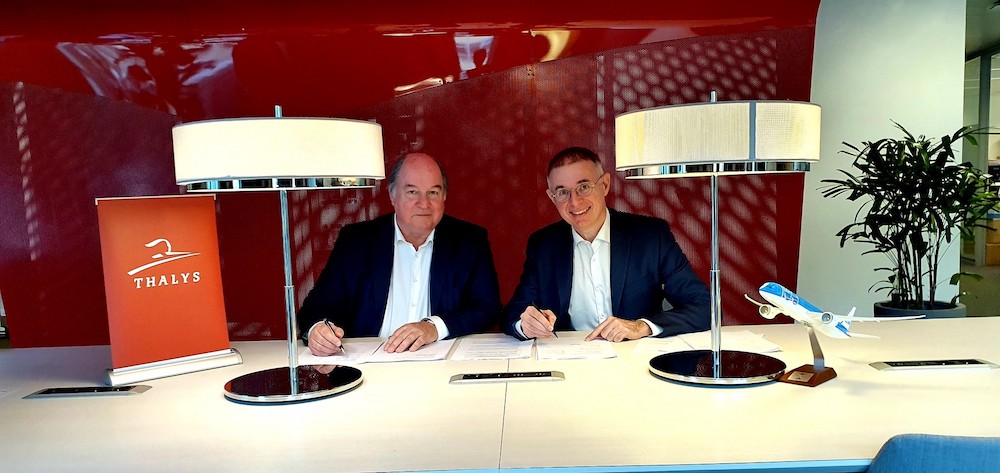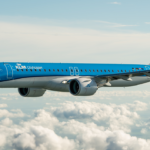
(TAN): KLM and Thalys on July 18 launched their partnership that will see the airline buying seats aboard the Thalys high-speed train for transfer passengers travelling between Schiphol and Brussels, the Dutch airline said in a statement.
This will allow KLM to operate one less flight between Amsterdam and Brussels every day. The aim of the venture is to increase the number of transfer passengers travelling by rail between Brussels and Schiphol. Almost all passengers on this route transfer to and from KLM flights at Schiphol.
[ALSO READ: Etihad named “Environmental Airline of the Year 2022”]
This cooperative venture is an important first step in KLM’s implementation of the Dutch government’s Action Plan for Rail and Air Services (Actieagenda Trein en Luchtvaart). The plan stipulates actions and measures ensuring that international rail travel becomes a logical alternative supplementing airline services on routes shorter than 700 kilometres.
For some time now, KLM has offered transfer passengers the option of boarding a Thalys high-speed train instead of a flight on the Brussels-Schiphol leg of their journey (or vice versa). Before the Covid-19 pandemic, 20–25% of these passengers (some 36,000 customers) chose this option. This trial is aimed at improving the customer experience.
KLM is working with NS Dutch Railways and other European railway companies to explore the options of additional high-speed, comfortable rail services for transfer passengers to other destinations.
[ALSO READ: Singapore expects up to 6 million visitors in 2022]
“The new air-rail product is the first concrete result of the Action Plan for Rail and Air Services. We’re proud of this achievement. Together with the Ministry of Infrastructure and Water Management, Amsterdam Airport Schiphol, ProRail and NS Dutch Railways, we’re striving to ensure a seamless customer journey, with better connections between rail and air travel,” said Boet Kreiken, executive vice president customer experience at KLM.
This trial is set to continue until October 29, after which an in-depth evaluation will take place, with the partners assessing options for further developing the air-rail product.




